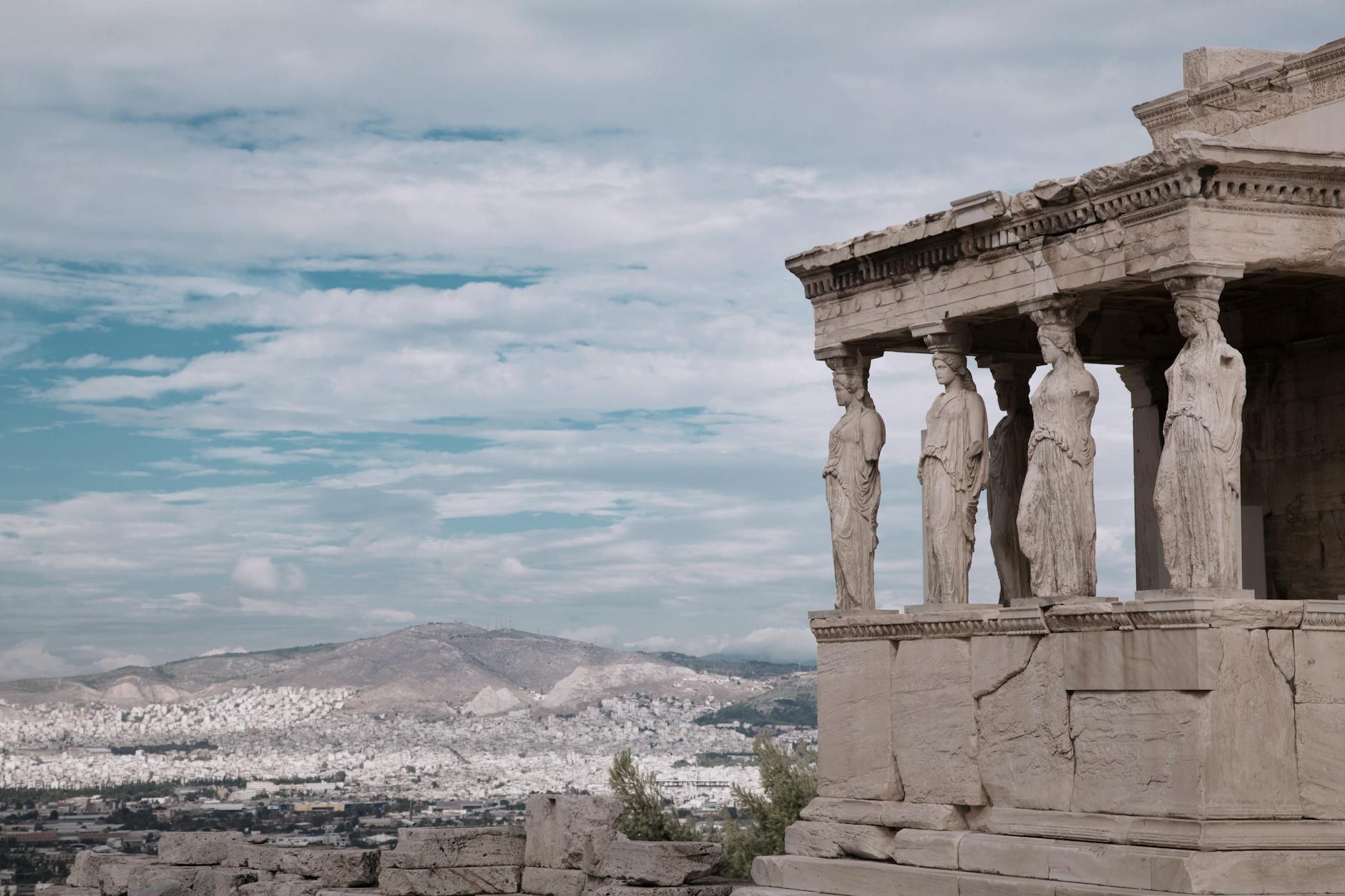Are We Maximizing the Potential of Travel Narratives in Australia?

Exploring Travel Narratives
Impact on Cultural Understanding
In Melbourne's buzzing Federation Square, digital innovation conferences often highlight the power of travel narratives in fostering cultural understanding. As a marketing advisor, I'd say that the unique stories you share can shape perceptions and bridge cultural divides. Narratives about local customs and traditions can deepen travellers’ appreciation for diversity. In crafting these stories, focus on authenticity, showcasing experiences that bring a culture to life. Don't just describe the sights—highlight interactions with people and communities, emphasizing the human connection over mere visual details.
Bridging Environmental Awareness
When discussing travel's intersection with environmental awareness, I often draw from experiences related to Antarctica cruises. These cruises provide more than just breathtaking views; they offer key lessons in conservation and responsible travel. By bringing attention to the impact of climate change on fragile ecosystems, these experiences help travellers connect their journeys with larger global issues. Leveraging this narrative, you can create content that encourages eco-friendly travel choices and champions sustainable practices.
Enhancing Personal Experiences
Innovative storytelling can transform personal travels into memorable experiences. By focusing on enriching narratives, you can help travelers find deeper meaning and satisfaction in their journeys. Think about strategies that personalize travel experiences—whether it's through local cuisine, unique accommodations, or unexplored paths. Inviting readers to engage with these stories enriches their personal experiences and ensures they walk away with lasting memories. Without making generic promises, stories about incredible destinations foster a sense of excitement and inspire others to explore responsibly.
Australia's Unique Stories
When embarking on a journey to discover Australia's rich cultural heritage, Indigenous perspectives are a foundational element. For those of us involved in digital marketing, communicating these narratives effectively offers both challenges and opportunities. As a marketing advisor based in Melbourne, I often discuss the significance of Indigenous perspectives at forums and events held at local hubs like Federation Square. There's a noticeable shift towards creating content that respectfully represents Indigenous stories, allowing audiences to understand the essence of Australia's true heritage.
Indigenous Perspectives
Incorporating Indigenous perspectives doesn't merely mean presenting historical facts; it requires an empathetic approach to storytelling. This involves collaborating closely with Indigenous communities to capture their voices authentically. Recognizing the traditional custodians of the land holds profound importance in bridging gaps between cultures. Moreover, digital marketing campaigns can significantly benefit by integrating these elements to engage audiences more deeply.
Outback Adventures
Exploring the vast Australian outback is an adventure that offers narratives filled with history and wonder. The stories of bushrangers and explorers are as intriguing as the breathtaking landscapes themselves. Capturing this essence in a digital format can inspire potential travellers and foster a rich narrative around adventure travel. This segment of storytelling speaks to Ethan Patel's passion for sustainable tourism by suggesting eco-friendly ways to explore these remote areas.
Coastal Voyages
Australia's coastline, with its stunning beaches and diverse marine life, presents endless opportunities for crafting compelling stories. Highlighting coastal voyages can underscore Australia's reputation as a global tourist destination. Incorporating sustainable tourism practices within these narratives not only appeals to eco-conscious travellers but also enhances marketing efforts for digital campaigns.
In essence, digital marketing professionals have a key role to play in ensuring that Australia's stories, whether Indigenous, outback, or coastal, are told with authenticity and respect. Integrating themes of sustainability can influence travelers to make mindful decisions, aligning perfectly with Ethan’s advocacy for responsible tourism. Including elements like South Africa tours reflects the global reach and interconnectedness of travel narratives today.
Opportunities for Storytelling
Eco-Friendly Themes
As a marketing advisor nestled in Melbourne's vibrant digital landscape, I've seen firsthand the rising trend of eco-friendly travel narratives. These stories champion sustainable practices that resonate deeply with travellers like Ethan, who are mindful of their environmental footprint. At networking events held at the Melbourne Convention and Exhibition Centre, I've engaged in discussions on crafting compelling narratives that not only entertain but also educate audiences on the importance of preserving our planet.
Eco-friendly themes offer a unique way to highlight the allure of destinations while advocating for their conservation. Consider incorporating elements such as tours that prioritize low-impact activities or highlight local wildlife rehabilitation efforts. These narratives can significantly influence consumer behaviour by encouraging choices that benefit both the environment and local communities.
Local Community Integration
Integrating the authentic voices of local communities into your storytelling can elevate the travel experience to new heights. Sharing stories from the perspective of locals offers travellers genuine insights into the cultural and social fabric of a destination. This approach fosters a deeper connection, helping travellers appreciate the nuances of places like South America tours.
When attending digital innovation meetups in places like Federation Square, I often underscore the impact of community-driven narratives on travel marketing strategies. These stories not only enrich the traveller's experience but also provide economic benefits to the communities involved.
Adventure Travel Experiences
Adventure travel offers a dynamic platform for storytelling, allowing marketers to tap into the excitement and wonder of exploring new frontiers. Highlighting adrenaline-pumping activities and the breathtaking landscapes in which they occur grabs the audience’s attention and fuels their imagination.
In crafting these adventure narratives, focus on elements that align with the audience's desire for challenge and exploration, while still advocating for safety and environmental respect. I've seen such strategies discussed in inspiring sessions at creative spaces in Melbourne's Southbank precinct. This approach ensures your storytelling remains impactful and resonates with your audience on multiple levels.
Challenges in Narrative Maximization
Overcoming Stereotypes
In the dynamic realm of travel narratives, confronting stereotypes is essential for fostering authentic understanding. As a marketing advisor here in Melbourne, drawing from gatherings at places like the Federation Square, it's clear that accurate representation in storytelling can influence perceptions significantly. Challenges arise when South American tours, for instance, are painted with broad cultural brushes rather than highlighting the rich, diverse tapestry of experiences they offer. Striving for narratives that showcase individual stories and cultural specifics ensures that travelers receive a genuine portrayal that goes beyond clichés.
Balancing Authenticity and Tourism
Navigating the delicate balance between authenticity and commercial tourism is a task that requires strategic sensitivity. In my experience during various networking events at the Melbourne Convention and Exhibition Centre, it's apparent that while travelers seek genuine experiences, they are often presented with commercialized versions. To counteract this, crafting narratives that emphasize local insights and genuine connections rather than cookie-cutter presentations can enhance the travel scene's authenticity.
Protecting Natural Habitats
Protecting natural habitats is not just about conservation; it's about preserving the very narrative landscape that enriches our travel experiences. From creative spaces in Melbourne’s Southbank precinct, we reflect on the stories we tell about nature and its preservation. Crafting narratives that resonate with eco-conscious travelers requires a commitment to showcasing the importance of responsible tourism and sustainable practices. It is crucial to highlight areas under threat and the efforts being made to protect these habitats, ensuring that stories told today can be experienced by future generations.
Best Practices
Practice Ethical Storytelling
I've seen firsthand how essential ethical storytelling is in crafting compelling travel narratives. In Melbourne, where digital innovation thrives, we often gather at places like Federation Square to exchange ideas on this topic. It's crucial to respect the cultures and communities you're featuring in your stories. This means obtaining consent, ensuring accurate representation, and avoiding stereotypes. By doing so, you build trust with your audience and ethical product sourcing aligns with this approach, amplifying authenticity.
Highlight Sustainability in Stories
Promoting sustainability within travel narratives isn't just a trend; it's necessary. At networking events in the Melbourne Convention and Exhibition Centre, discussions frequently focus on embedding eco-friendly travel options into storytelling. Highlight how travellers can make environmentally conscious choices, such as staying in eco-lodges or opting for public transport. By showcasing these options, we can encourage sustainable tourism and engage audiences seeking meaningful travel experiences.
Amplify Local Voices
Engaging with local voices breathes life into travel narratives. In Melbourne's creative spaces in Southbank, we craft strategies to enhance these connections. When you amplify local perspectives, you add depth and authenticity to the stories. Involve local storytellers and communities to share their insights and experienced known from living their realities. This practice not only enriches the narrative but also fosters a deeper cultural connection, making the audience feel more engaged and informed.


